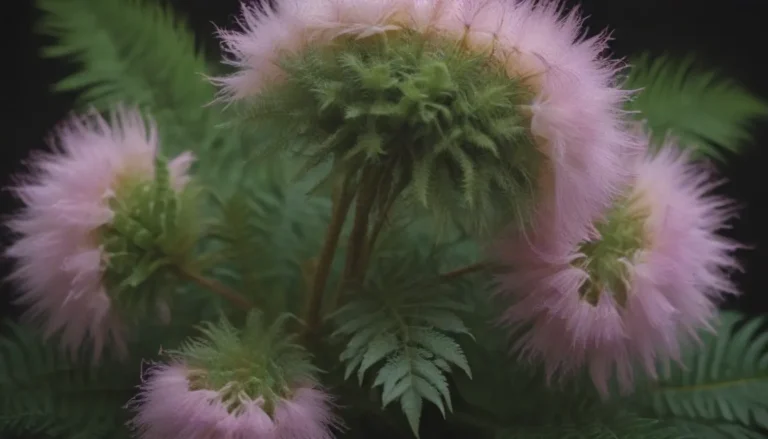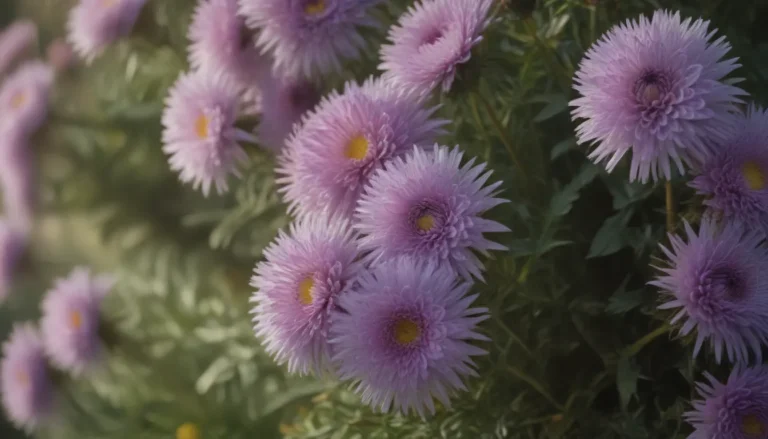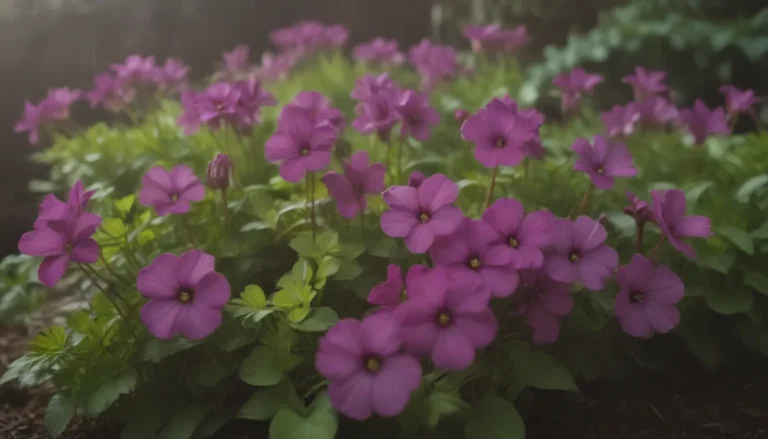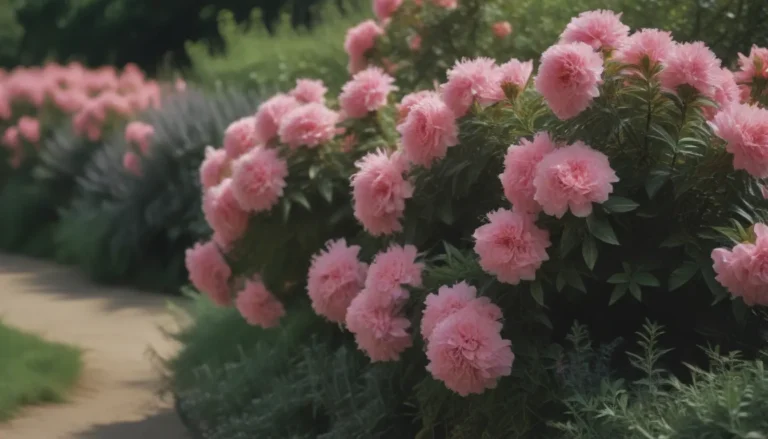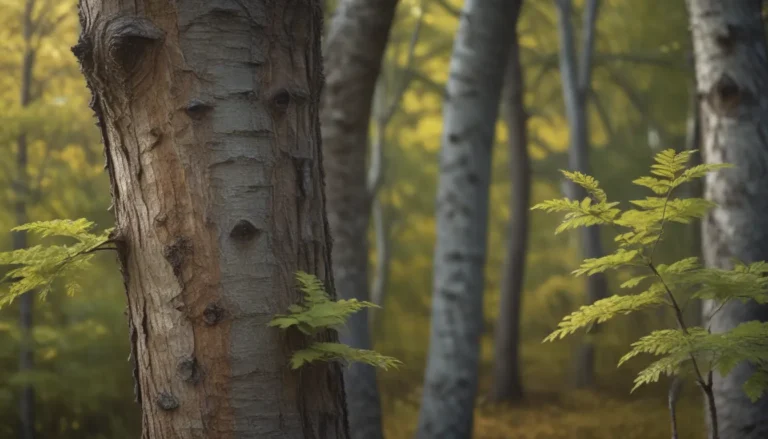The Spectacular Fall Foliage of Birch Trees
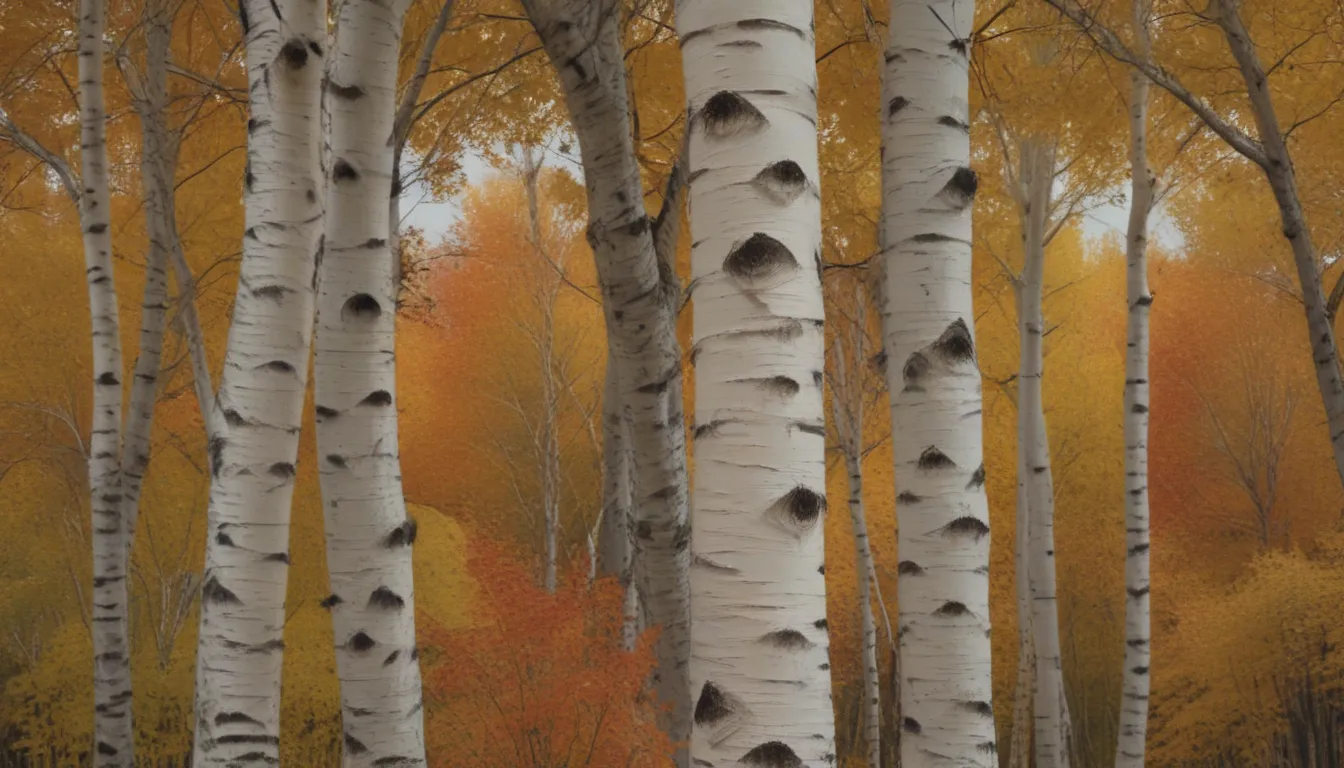
Are you looking to add a touch of beauty to your fall landscape? Birch trees may just be the answer! Known for their stunning fall foliage and distinctive bark, birch trees are a popular choice for many gardeners. In this article, we’ll explore six different species of birch trees that are sure to add a splash of color to your yard.
But first, let’s talk a little bit about birch trees. Birches belong to the Betulaceae family, along with alders, hazels, and hornbeams. These deciduous trees shed their leaves each fall, but what truly sets them apart is their horizontal-lined light-colored white, yellow, or grayish bark that peels away seasonally. With about 60 different species of birch trees growing in temperate climates around the world, there is plenty of variety to choose from.
Why Choose Birch Trees?
Birch trees are not only beautiful but also versatile, making them a great addition to any landscape. Here are some reasons why you may want to consider planting birch trees in your yard:
- Stunning Fall Foliage: Birch trees offer a spectacular show of colorful leaves in the fall, ranging from yellow to golden hues.
- Distinctive Bark: The peeling bark of birch trees adds visual interest to your landscape all year round.
- Hardy and Resilient: Birch trees are known for their resilience and can thrive in a variety of climates and soil conditions.
Now, let’s take a closer look at six different species of birch trees that are known for their gorgeous fall foliage.
1. River Birch Tree (Betula nigra)
The River birch, also known as the “black” birch due to its darkening bark as it matures, is a stunning tree that can reach heights of 40 to 70 feet. With its yellow fall foliage and peeling bark, this tree is a showstopper in any landscape. It is well-suited for planting in zones 4 to 9 and can tolerate both full sun and partial shade.
- Native Area: Eastern United States
- USDA Hardiness Zones: 4-9
- Height: 40-70 feet
- Sun Exposure: Full sun to partial shade
2. Paper Birch (Betula papyrifera)
The Paper birch, also known for its white peeling bark, is a favorite among gardeners for its striking appearance. With yellow fall foliage and a preference for cooler temperatures, this tree is perfect for planting in zones 2 to 6.
- Native Area: Canada and Northern U.S. states
- USDA Hardiness Zones: 2-6
- Height: Varies
- Sun Exposure: Full sun to partial shade
3. Gray Birch (Betula populifolia)
While the Gray birch may not have the most attractive bark, its foliage is a sight to behold. Growing in clumps with multiple trunks, this tree is best suited for planting in the northern part of the United States or Canada.
- Native Area: Northern United States and Canada
- USDA Hardiness Zones: Varies
- Height: Varies
- Sun Exposure: Full sun to partial shade
4. Young’s Weeping Birch (Betula pendula Youngii)
For a more compact option, consider the Young’s weeping birch. This dwarf variety reaches heights of 6 to 12 feet and has a weeping form that adds interest to your landscape. Plant it in zones 3 to 9 for a stunning display of white bark and yellow fall foliage.
- Native Area: Europe
- USDA Hardiness Zones: 3-9
- Height: 6-12 feet
- Sun Exposure: Full sun to partial shade
5. Yellow Birch (Betula alleghaniensis)
The Yellow birch, known for its silvery-bronze bark, is a tall tree that can reach heights of 60 to 80 feet. With its golden hues and peeling bark, this tree is a showstopper in any landscape.
- Native Area: Varies
- USDA Hardiness Zones: 4-7
- Height: 60-80 feet
- Sun Exposure: Full sun to partial shade
6. Sweet Birch (Betula lenta)
Last but not least, the Sweet birch is a fragrant tree with dark-colored bark and reliable golden-yellow fall foliage. Growing 40 to 50 feet tall, this tree is perfect for zones 4 to 7 and thrives in full sun to partial shade.
- Native Area: Varies
- USDA Hardiness Zones: 4-7
- Height: 40-50 feet
- Sun Exposure: Full sun to partial shade
In conclusion, birch trees are a wonderful addition to any landscape, especially in the fall when their foliage turns into a stunning display of colors. With their unique bark and beautiful leaves, these trees are sure to enhance the beauty of your yard. So why not consider planting a birch tree in your garden and enjoy the beauty it brings throughout the year?
